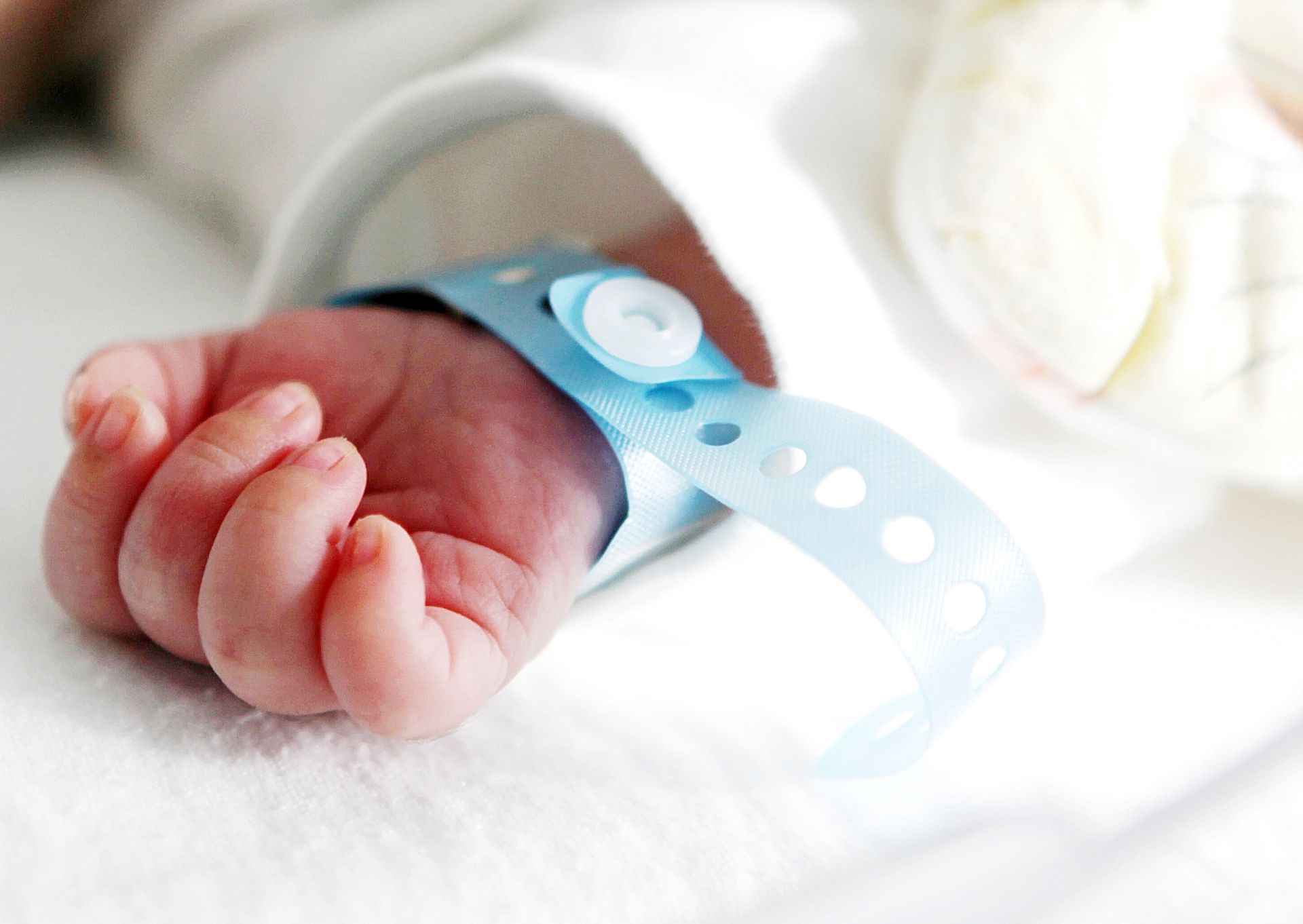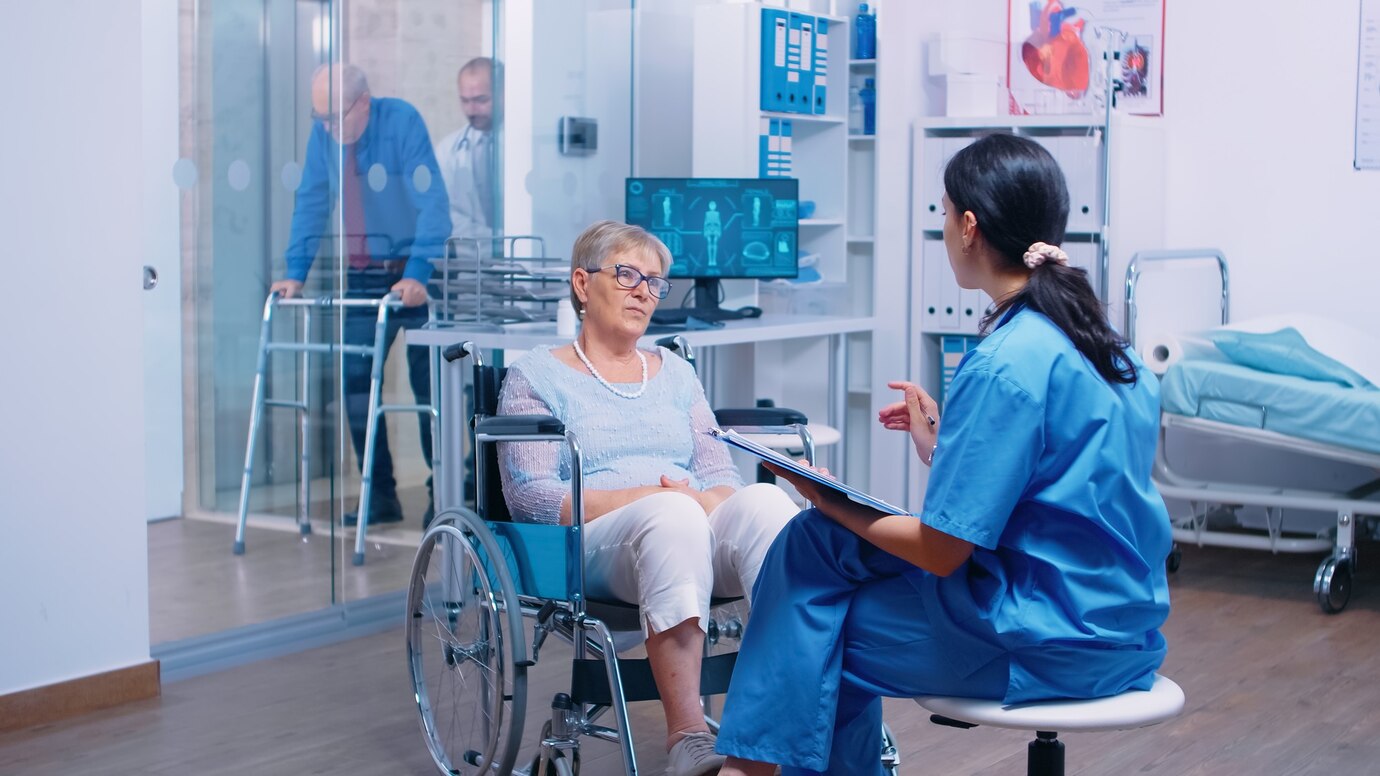
There are different ways to categorize incidents in healthcare settings. Incident categorization can be based on various criteria such as risk, severity, impact on patients, urgency, stage/process, and the nature or consequence of incidents. There are industry guidelines on categorizing or rating incidents for specific incident types.
At the organization level, establishing clear incident categorizations can help better analyze trends, identify and mitigate risks, and implement targeted interventions to enhance safety and care quality. Incident categorization can help in prioritizing incidents and customizing response strategies to improve overall operational efficiency and resilience.
In this blog, we will be discussing incident type classification in three broad categories, namely,
- Clinical Incidents
- Non-Clinical Incidents
- Workplace Safety Incidents
Categorizing incidents by type is in line with the operational structure of most healthcare settings, making it easier to implement from the management perspective. Near miss incidents can be a separate incident category. Based on industry standards and best practices, each incident type may capture specific information such as risk rating, impact on patients, severity level and response time. For example, ISO/IEC 27035 is a globally recognized standard for managing IT and data security incidents.
Table of Contents
Incident Categorization
Clinical Incidents
Clinical incidents, also known as patient safety incidents, are events or circumstances that lead to or could potentially result in unintended or unexpected harm to patients. These incidents can occur in any healthcare settings and may involve a range of factors such as medication errors, surgical complications, diagnostic errors, falls and infections.
Clinical incidents are reported and analyzed to improve patient safety and healthcare quality by identifying and addressing underlying causes and implementing preventive measures. Clinical incidents are sub-categorized into different types. Below are examples of clinical incidents by type:
| Incident Types | Description | Examples |
|---|---|---|
| Medication Errors | Mistakes related to the prescribing, dispensing, or administration of medications, which can lead to patient harm. | Dispensing wrong medication or administering wrong dosage of medication to patient. |
| Patient Falls | Incidents where a patient falls while in a healthcare facility, which can lead to injury and complications. | A patient falls from their bed because the bed rails are not properly adjusted and the call button is out of reach. Falls could have led to injuries like fractures or bruises. |
| Procedural Errors | Errors that occur during medical procedures or surgeries, potentially resulting in physical harm or incorrect treatment. | During a surgical procedure, a surgeon mistakenly performs the operation on the wrong limb resulted in significant physical and psychological consequences for the patient. |
| Diagnostic Errors | Errors in diagnosing a patient’s condition, which can delay or result in incorrect treatment. | A radiologist misinterprets a chest X-ray, leading to a missed diagnosis of lung cancer which will impact the patient’s treatment options and prognosis. |
| Infection Control Issues | Breaches in infection prevention protocols that can lead to hospital-acquired infections or spread of diseases. | Hand hygiene lapse: Healthcare workers fail to perform hand hygiene before patient contact, contributing to the spread of a hospital-acquired infection. |
Other clinical incident types include patient identification error, pressure injuries, phlebitis, blood or blood product related, and laboratory related. Different healthcare organizations may have their own ways of classifying the incident types.
Non-Clinical Incidents
Non-clinical incidents refer to any events or situations that occur which do not involve direct patient care or medical treatment but can impact patient safety, care delivery or overall functioning of the healthcare facility. These incidents can range from equipment malfunctions, environmental issues, to administrative errors, and operational aspects of healthcare services.
Non-clinical incidents can indirectly affect patient care, causing harm to patients or disrupting healthcare operations. They may lead to financial losses and increased operational costs.
Listed below are examples of non-clinical incidents typically occur in healthcare settings:
| Incident Types | Descriptions | Examples |
|---|---|---|
| Administrative & Documentation Errors | These include incidents related to administrative processes, documentation errors, or communication failures. | Miscommunication of patient information, scheduling errors, or billing discrepancies. |
| Equipment Related Incidents | These involve malfunctioning or misuse of equipment, utilities, or facilities within the healthcare setting. | Equipment failures (e.g., medical devices) or damages to an equipment. |
| Security Incidents | These encompass breaches of security protocols or threats to the security of staff, patients, or visitors. | Unauthorized access to restricted areas, theft, verbal threats, or assaults. |
| Information Technology (IT) and System Failures | These incidents involve failures or disruptions in IT systems, electronic health records (EHRs), or other digital infrastructure critical to healthcare operations. | Network outages, data breaches, or software glitches affecting patient care indirectly. |
| Supply Chain and Logistics Issues | These incidents involve disruptions or failures within the supply chain or logistics processes that impact patient care or operational efficiency. | Delays in receiving critical supplies, inventory management issues, or transportation problems. |
| Environmental Incidents: | These involve incidents related to environmental hazards or conditions that affect the healthcare facility. | Noise pollution, waste management, water quality, structural failures, floods, or power outages. |
Workplace Safety Incidents
Workplace safety incidents refer to any events or occurrences that result in harm or pose a risk of harm to healthcare workers, contractors or visitors. These incidents can lead to a range of consequences, from minor injuries to serious health issues, and even fatalities. Here is an overview of several types of workplace safety incidents:
| Incident Types | Descriptions | Examples |
|---|---|---|
| Slips, trips, falls | Incidents where employees lose their balance and fall due to hazards like wet floors, uneven surfaces, or obstacles. | Fall from staircase/ladder, slip on wet floor or trip over cables. |
| Ergonomic Injuries | Resulting from repetitive movements, improper techniques of lifting, carrying, or moving and poor workstation design which often leads to musculoskeletal disorders. | Back strain, neck pain or repetitive strain injury. |
| Exposure to Hazardous Substances | Incidents involving exposure to hazardous chemicals, which can cause health issues like burns, respiratory problems, or long-term illnesses. | Chemical or disinfectant spills or exposed to infectious agents due to inadequate personal protective equipment (PPE). |
| Fire and Explosion Incidents | Events involving fires or explosions, which can cause significant harm and damage to both personnel and property. | Fire in the workplace and explosion. |
| Violence and Aggression | Incidents where employees are threatened or harmed by other individuals, either within or outside the workplace. | Physical or verbal assaults and threats and harassment. |
| Needlestick and Sharps Injuries | Incidents occur when a healthcare worker accidentally punctures their skin with a needle or other sharp object. | A nurse accidentally pricks themselves while disposing of a used needle, or a lab technician gets injured while handling sharp instruments. |
| Radiation Exposure | Involve unintended or accidental exposure to radiation, range from minor to severe, depending on the amount of radiation involved and the duration of exposure. | Improper disposal of radioactive waste or exposure during therapeutic radiation treatments. |
| Psychological Stress | Incidents in healthcare refer to situations where healthcare workers experience significant mental or emotional stress due to their work environment or job demands. These incidents can affect both the individual’s well-being and overall patient care. | Workplace burnout and conflict & interpersonal issues. |
Benefits of Incident Categorization
Having effective incident categorizations in healthcare can bring the following benefits:
- Improved Patient Safety and Care Quality:
- Root cause analysis: Categorization helps identify patterns in incidents, allowing for thorough root cause analysis and the implementation of corrective measures.
- Prevention of recurrence: By understanding the types of incidents that occur, healthcare providers can develop strategies to prevent similar incidents in the future.
- Targeted interventions: Specific categories can highlight areas needing targeted interventions, leading to more precise and effective quality improvement efforts.
- Standardized Reporting:
- Standardization: Standardized categorization ensures that incidents are consistently reported and analyzed, leading to targeted quality improvement initiatives.
- Data gathering: Standardized incident forms allow incident details to be captured in a guided, complete and consistent manner.
- Enhanced Operational Resilience:
- Customized response strategies: Incident categorization helps organizations to assess the severity of each incident and plan for appropriate responses when incidents occur.
- Minimize disruptions: Organizations face various types of incidents that could disrupt the operations. Proper classification of IT and data security incidents with appropriate response strategies can reduce downtime and safeguard sensitive data.
- Data-Driven Decision Making:
- Informed policies: Categorized data helps healthcare organizations develop informed policies and procedures that address specific types of incidents.
- Trend analysis: Continuous analysis of categorized incidents allows for the identification of trends and emerging issues, facilitating proactive management.
- Regulatory Compliance:
- Accurate reporting: Proper categorization ensures compliance with regulatory requirements by providing accurate and detailed incident reports.
- Audit preparedness: Effective categorization helps in maintaining comprehensive records that can be easily accessed and reviewed during audits.
- Resource Allocation:
- Efficient use of resources: Understanding the types and frequencies of incidents allows for better allocation of resources, ensuring that areas with higher incident rates receive more attention and support.
- Cost reduction: Preventing incidents through effective categorization and subsequent interventions can lead to cost savings by reducing the need for corrective treatments and legal liabilities.
- Improved Communication:
- Clearer understanding: Categorization provides a common language for discussing incidents, ensuring that all stakeholders have a clear understanding of the issues.
- Improved reporting systems: Well-defined categories improve the functionality of incident reporting systems, making it easier for staff to report and address incidents.
Technology as an Enabler
Technology is a key enabler of an effective incident reporting system. By leveraging on technology, you can improve the accuracy, efficiency, and effectiveness of incident reporting with proper incident categorization in your organization.
Here are some of the ways a modern and robust online incident reporting system enables incident categorization to be implemented effectively, leading to the benefits discussed above.
- Workflow standardization and automation – Standardized workflow creates efficiency in incident reporting. Automated notification and flagging of potential issues based on predefined criteria to ensure key stakeholders are alerted and no incidents are overlooked.
- Configurable incident categories, types, and forms – As incident types and forms may vary for different organizations, having the flexibility to configure incident types and detailed data to be captured is a big advantage. It ensures that data is consistent, comparable, and easier to analyze.
- Communication and collaboration platform – Secure platform with communication features enable quick and efficient information sharing among healthcare teams. This ensures that all relevant parties are informed about incidents and can collaborate in addressing the issues.
- Data analytics – Advanced analytics tools can be used to identify trends and patterns in incident reports based on incident categorization. This helps in pinpointing underlying issues and implementing preventative measures. Predictive analytics can also be used to foresee and mitigate potential risks before they result in incidents.
- Action monitoring – Assign and monitor recommended actions to prevent incidents from recurring. This ensures that follow-up actions and improvement plans are implemented.
In Closing
Incident categorization is a key aspect of a robust incident reporting system and a crucial component of healthcare safety and quality framework. At the organization level, incidents can be broadly categorized into clinical, non-clinical and workplace safety incidents. There are other criteria to categorize incidents. Adopt globally recognized standards and incident ratings for specific incident types. Leverage technology for an effective incident reporting system with proper incident categorization.
Request a demo to find out how QUASR helps in incident reporting with configurable incident categories, types and forms.
Start your 14-day free trial or get a demo of our premium software.






